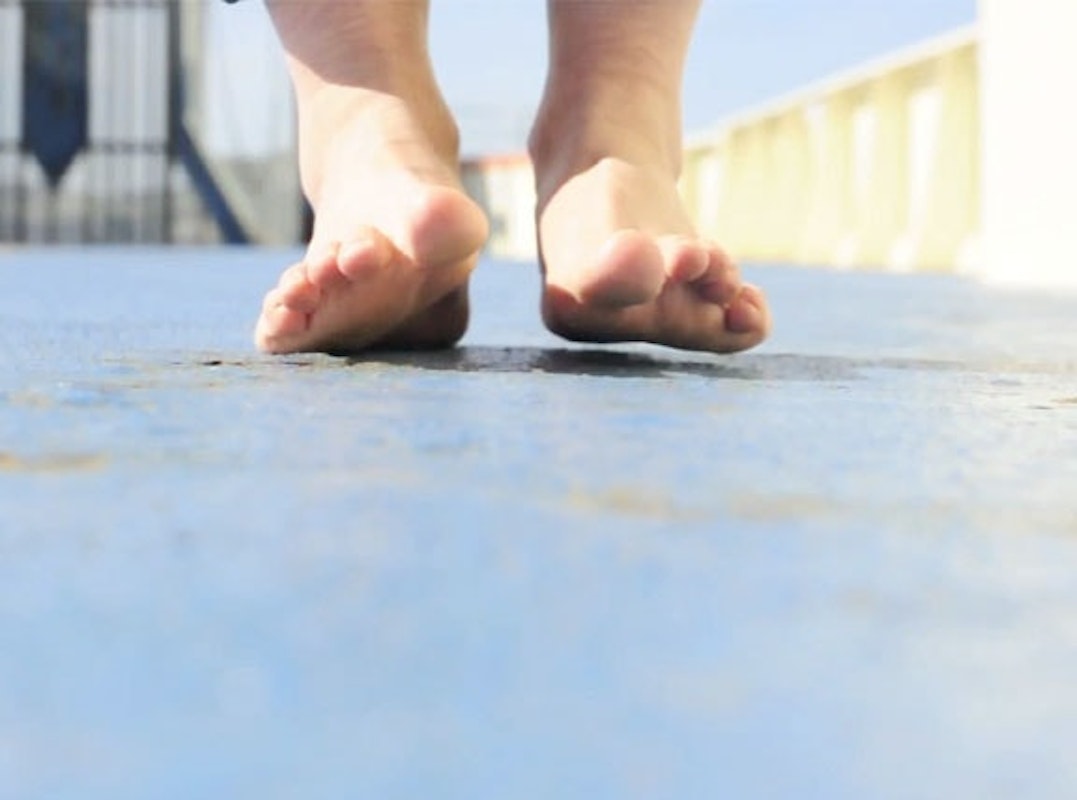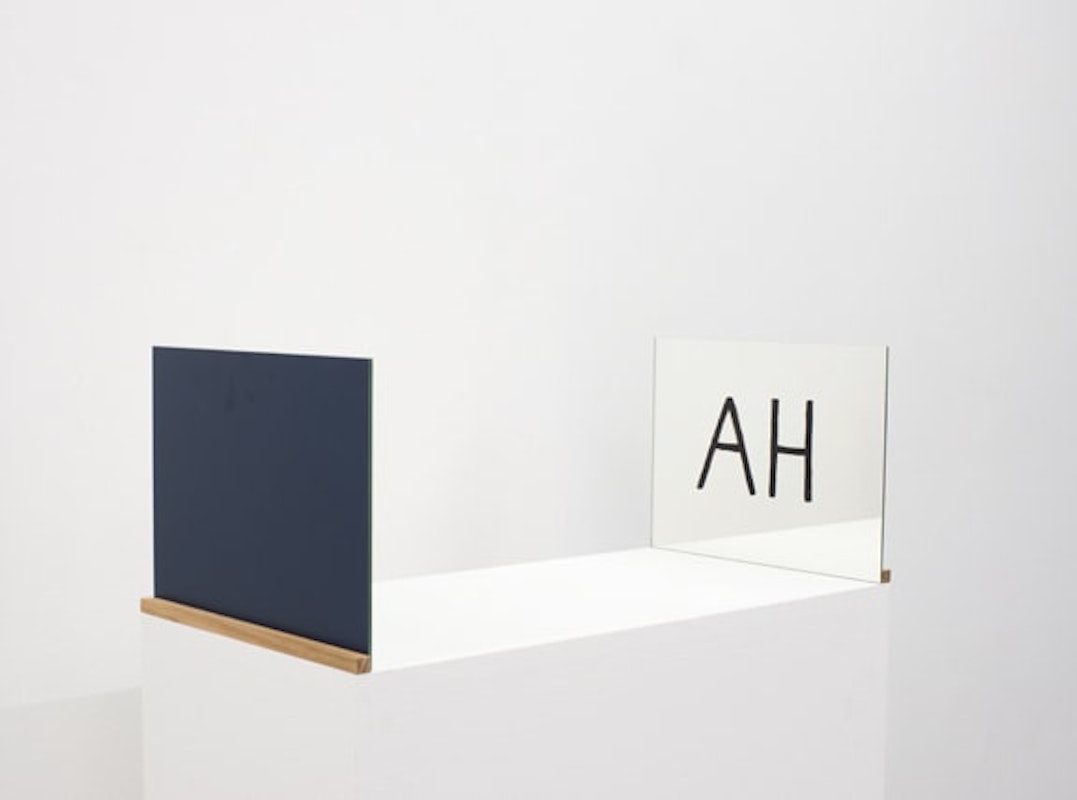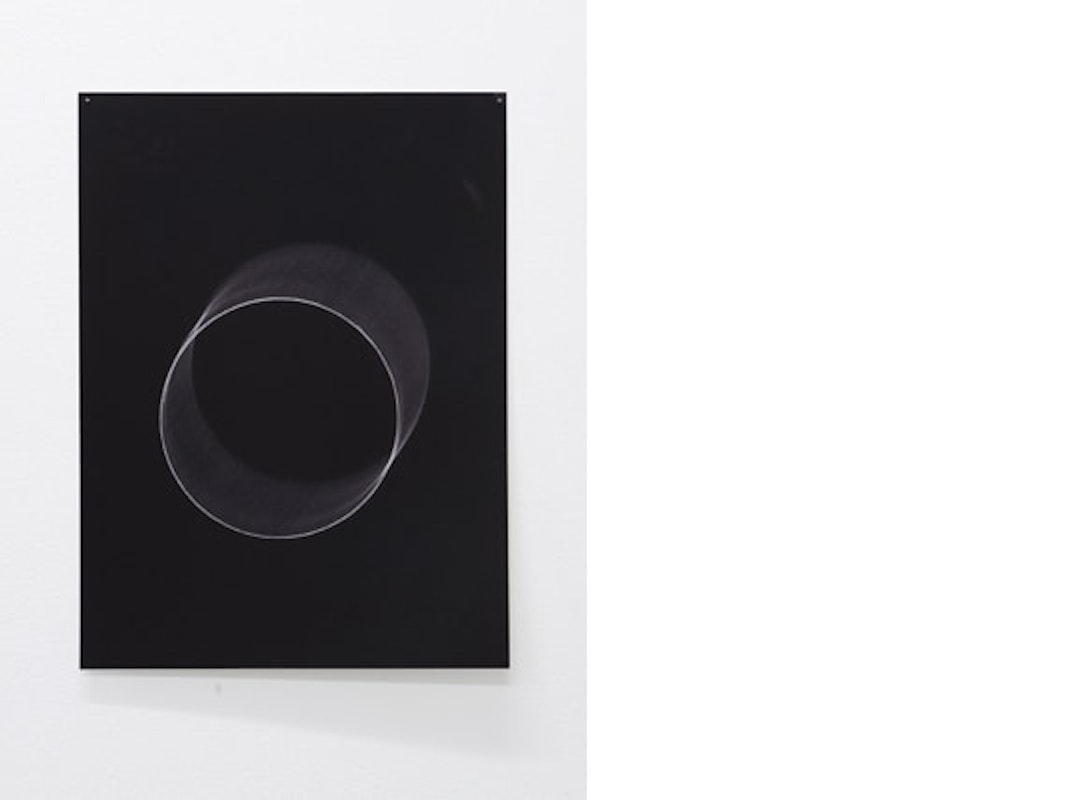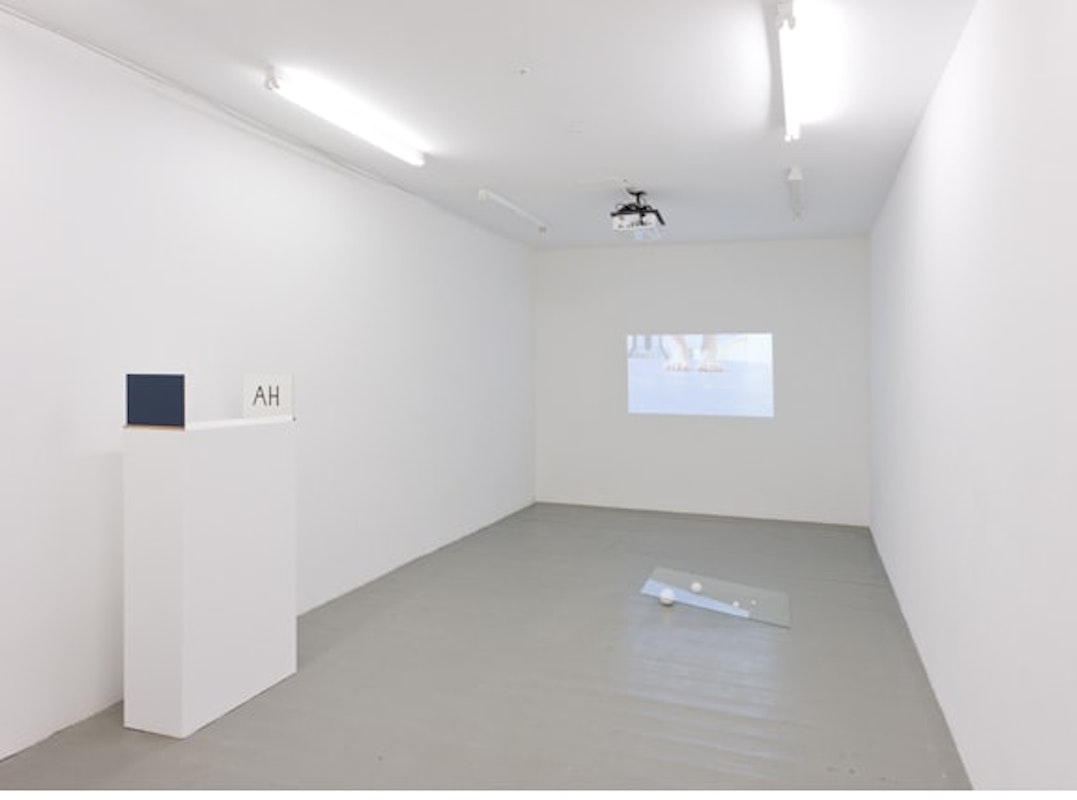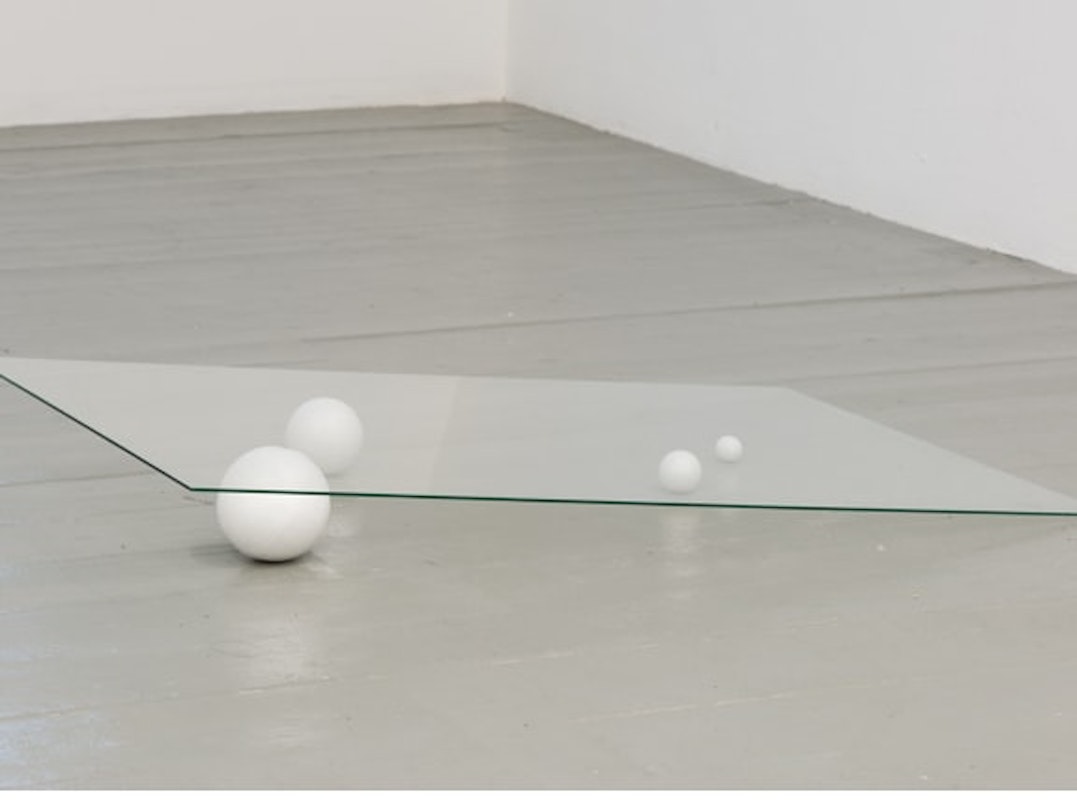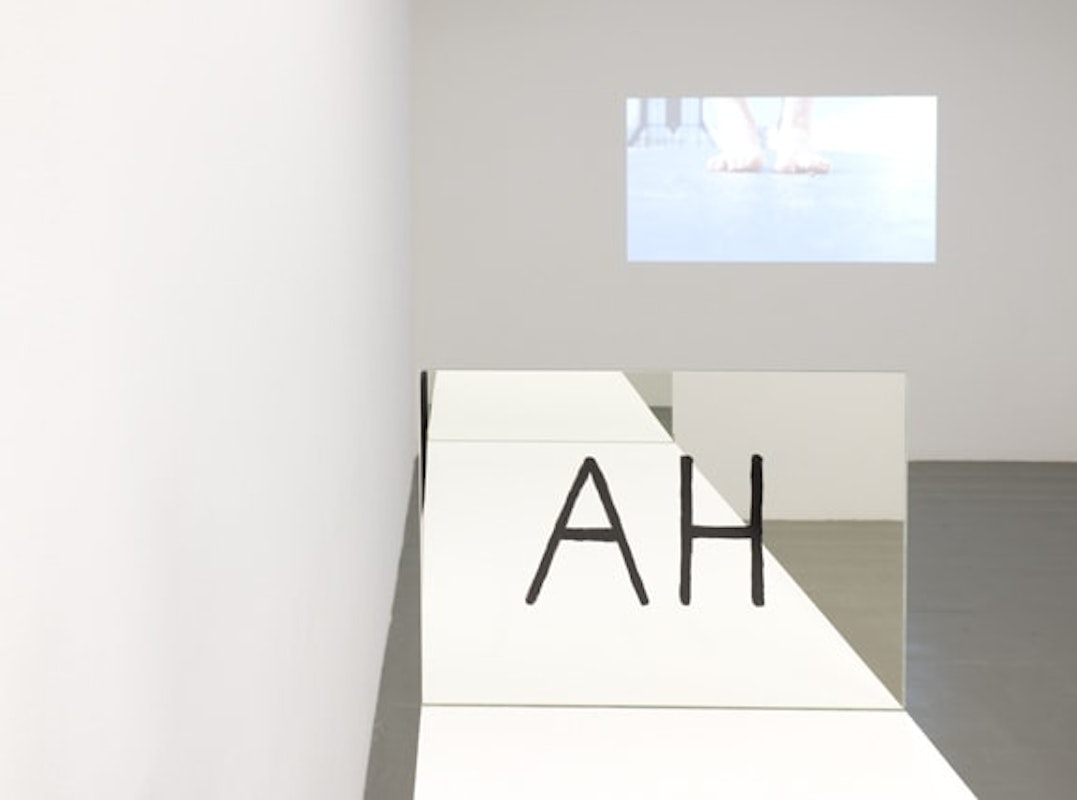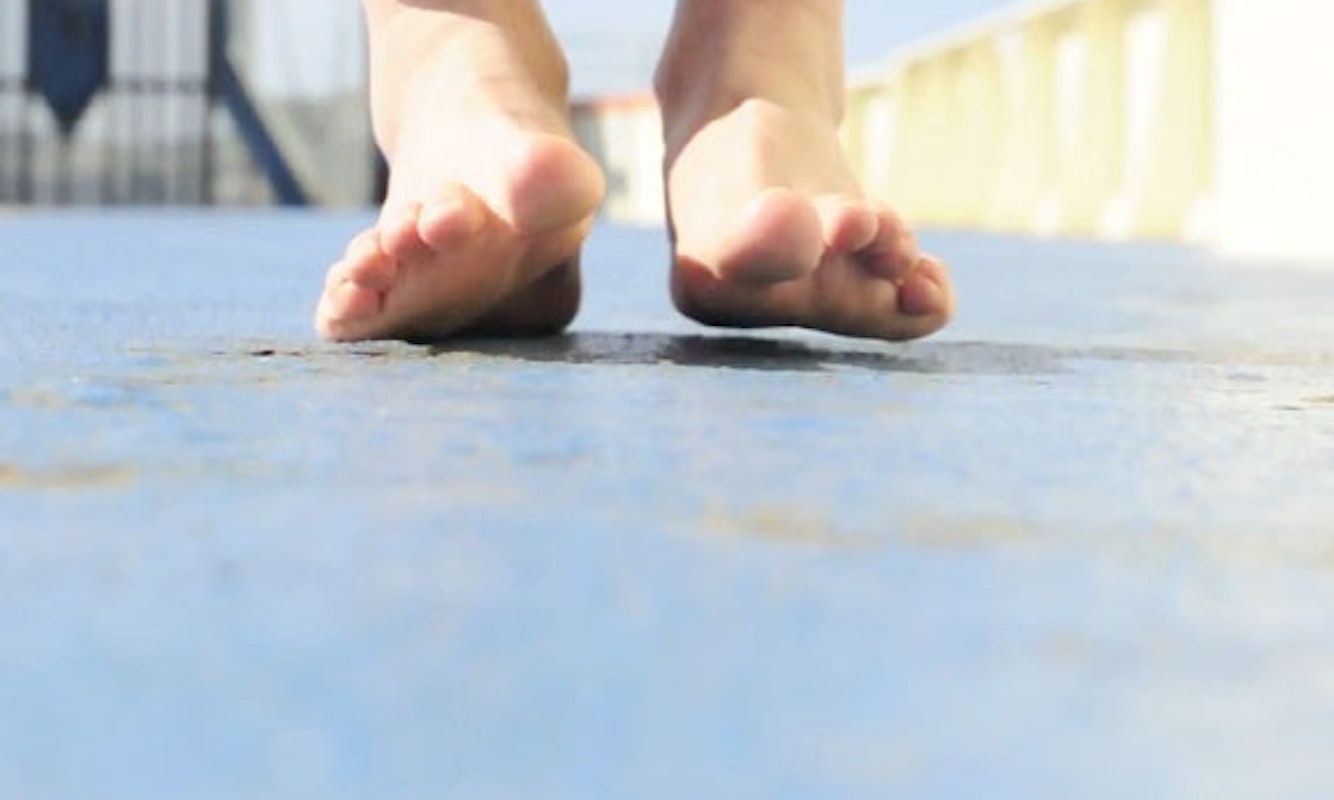
5 October -
7 November 2012
Studio 12
200 Gertrude Street, FitzroyVertigo, or no return explored the physical and hallucinatory effects of vertigo. Using video, sculpture and photography Tai investigates the contingency and fragility of stability and orientation, and the condensing of time.
Catalog text produced for Gertrude Contemporary and Art and Australia Emerging Writers Program -
The four works by Hanna Tai presented in the current Studio 12 exhibition were initially conceived in response to her recent experience of vertigo. Not vertigo in the Hitchcockian sense of cycling temporalities triggered by a return of the repressed, but vertigo, the medical condition. The chief symptom of the latter is a peculiar distortion of vision, in which an object presented to the eye seems to continuously slide in one direction, as though on a factory conveyer belt — except that the object never once leaves the field of vision.
While Tai’s work does not induce the dizziness and nausea that accompany this incessant movement, it is intended to occasion in the viewer a momentary disorientation or slippage in perception, and thus might be seen as an attempt to emulate, in a broad sense, a vertiginous spatial logic. This is variously manifest in the four Studio 12 works: through the installation of two symmetrically opposing mirrors, one with “AH” handwritten on its surface, AH HA (2012) represents a comic-book moment of exaggerated realisation that is simultaneously read as an infinite regress of stilted mute laughter, functioning as a Nauman-type ode to the vertigo-sufferer’s plight of reading in reverse; in The other face of flatness (2012) a large rectangular sheet of glass and variously sized Styrofoam balls sandwiched beneath it create a precarious balance evocative of a state of impending disequilibrium; a static index of past movement, the mysterious photograph At any given moment (2012) depicts a circular object shifted against a black background during the exposure of the image.
In what follows I would like to consider in more detail Like a ferry ride on a blowy day (2012), a video work based on a private performance by the artist on the top deck of a ferry travelling from Brunei Island to Hobart. For the seven-minute duration of the performance, Tai attempted to follow a simple rule: standing upright with her feet together, she sought to maintain her balance. In its imposition of a single regulative command on the movement of a performer, Tai’s work invites comparison to La Monte Young’s Composition 1960 No. 10 (1960), which consists of the instruction “Draw a straight line and follow it.” With beautiful economy, Young’s work threw into relief the way that actualising a work involves the overcoming of contingent, environmental factors that can only serve to jeopardise the correct execution of the score. And similarly, in Tai’s work, the artist’s efforts to resist these environmental conditions—principally the seesawing of the boat, bobbing on the choppy water, as well as the gale force winds pushing across the deck—becomes the central hinge of the work, its principle source of dramatic tension. But while for Young the score retains an autonomous identity indifferent to its actualisation, Tai refuses to notate a score for her work; in an interesting reversal of the relation between score and actualisation, she derives the parameters for her composition directly from the environmental conditions that come to pose a subsequent threat to its execution.
Presented as a large-scale projection, Tai’s barely perceptible intervention is elevated to the status of a bizarre monument to the artist’s failure to precisely execute the score. The straightforward frontal framing of Tai’s bare feet and ankles, shot from a camera fixed to the deck floor, makes visible a range of the artist’s unintentional micro-movements (ticks, strains, steps etc.)—expressions of the creaturely body that escape the artist’s conscious control. In this respect, like a ferry ride might be described as fundamentally anti-expressive, in that it is not intended as a materialisation of the artist’s inner world or as a direct expression of the imagination; instead, it seems to evoke a certain relation of equivalence between the performer’s body, on the one hand, and that of the sand, dust, and other detritus blown intermittently across the foreground of the moving image, on the other.
